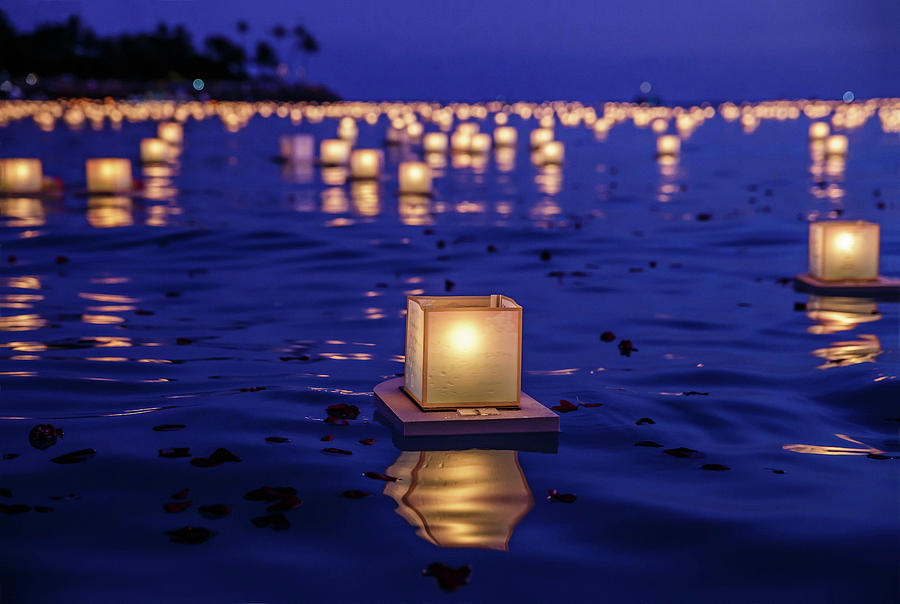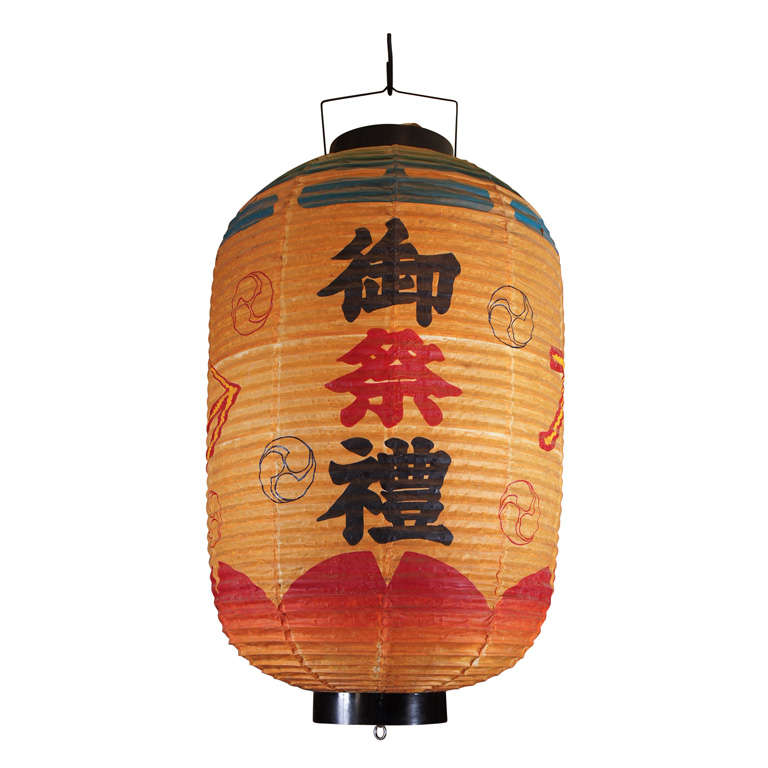

The dedication ceremony in Sakura Park took place on Octoand was attended by Crown Prince Akihito and Princess Michiko, as well as 1,500 onlookers. On October 9, 1987, Prince Akihito and Princess Michiko participated in a rededication of the lantern attended by Mayor Edward I. Another Japanese toro may be seen locally in the pond at the Brooklyn Botanic Garden. This unique park monument is a traditional Japanese stone lantern in the style known as kasuga-toro and includes a stylized lotus flower at the base of the capital, reliefs of imaginary animals, and a capstone with six volutes. The style originated in the province of Kasuga this particular example was built and carved by skilled Japanese artisans in 1930. Its total height is more than 14 feet, and it weighs close to seven tons. During the Momoyama period (1573–1615), the sculptural form was adapted for decorative use in tea gardens or roji. The size and proportion varied depending on its placement in the garden, and a number of diverse styles evolved. Over time, their function as a housing for oil or candles gave way to a decorative purpose. Typically made of granite or syenite, the Japanese stone lantern, or ishi toro, was traditionally used for illumination at Buddhist temples and Shinto shrines. Today, both landscape and monument represent the enduring and flowering exchange between the American and Japanese people. (Winter Cherry, Chinese Lantern) Creeping herbaceous perennial native to China. The Japanese lantern stands in Sakura Park, which derives its name from the Japanese word for cherry tree. In 1912, NYC Parks received a consignment of two thousand cherry trees from Japan, many of which were planted here and in Riverside Park. The land for this park and neighboring International House were donated by the Rockefeller family in the 1920s. Japanese Lantern (Physalis alkekengi franchetii), packet of 50 seeds, organic. The engraved inscription, long ago worn away, read, “Presented by the citizens of the Metropolis of Tokyo to the citizens of the City of New York in celebration of the Tokyo-New York sister-city affiliation inaugurated on February 29, 1960.” The honeydew also builds up and promotes the growth for sooty mold (fungi), which can cover the plant, forest understories, patio furniture, cars, and anything else found below SLF feeding.This monument was a gift of international friendship from the city of Tokyo. It has a strong preference for economically important plants and the feeding damage significantly stresses the plants which can lead to decreased health and potentially death.Īs SLF feeds, the insect excretes honeydew (a sugary substance) which can attract bees, wasps, and other insects. The spotted lanternfly uses its piercing-sucking mouthpart to feed on sap from over 70 different plant species. SLF is a serious invasive pest with a healthy appetite for our plants and it can be a significant nuisance, affecting the quality of life and enjoyment of the outdoors. While it does not harm humans or animals, it can reduce the quality of life for people living in heavily infested areas. SLF feeds on the plant sap of many different plants including grapevines, maples, black walnut, and other important plants in NJ.

This insect has the potential to greatly impact agricultural crops and hardwood trees.

in Pennsylvania in Berks County in 2014 and has spread to other counties in PA, as well as the states of New Jersey, Delaware, Maryland, Virginia, West Virginia, New York, Connecticut and Ohio. Spotted Lanternfly (SLF), Lycorma delicatula, is an invasive planthopper native to China, India, and Vietnam it is also established in South Korea, Japan and the U.S.


 0 kommentar(er)
0 kommentar(er)
